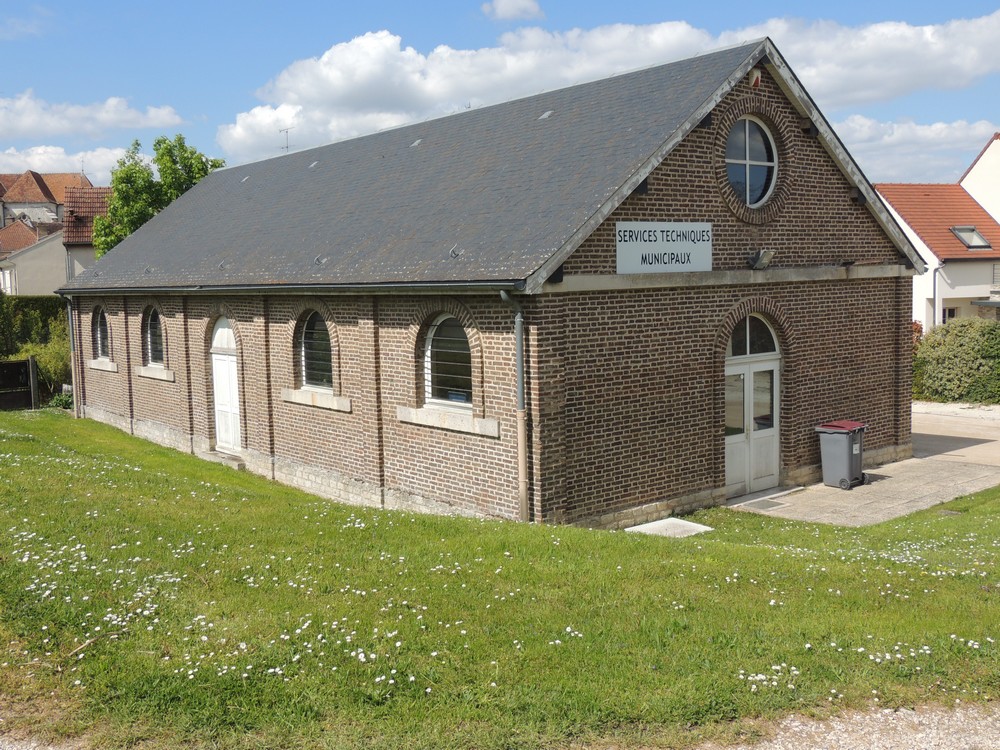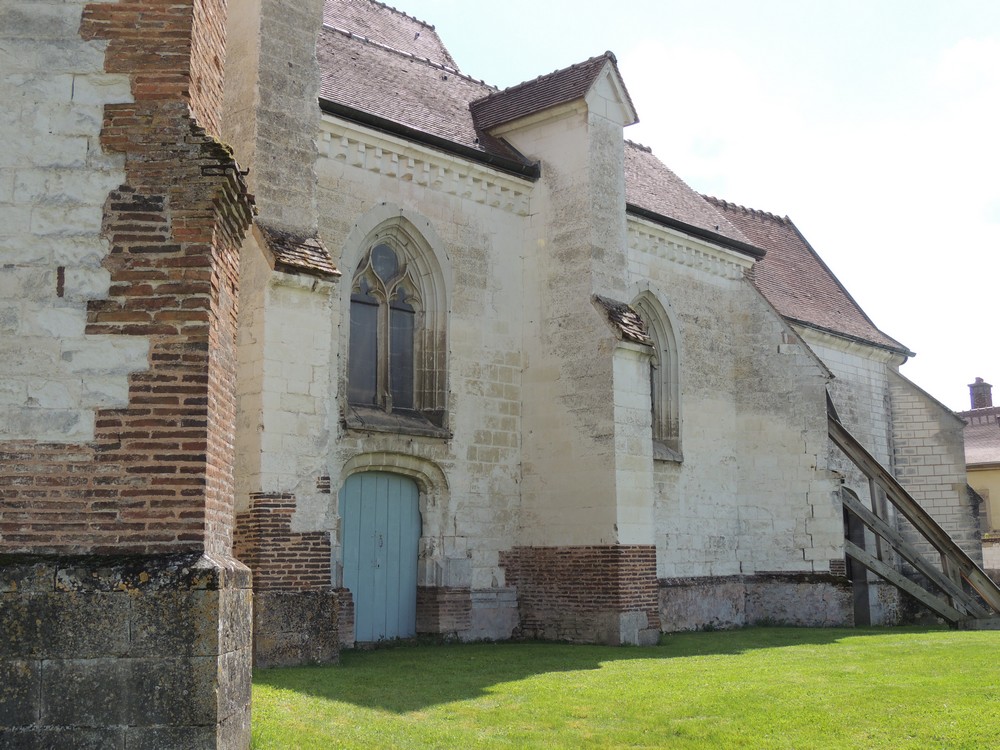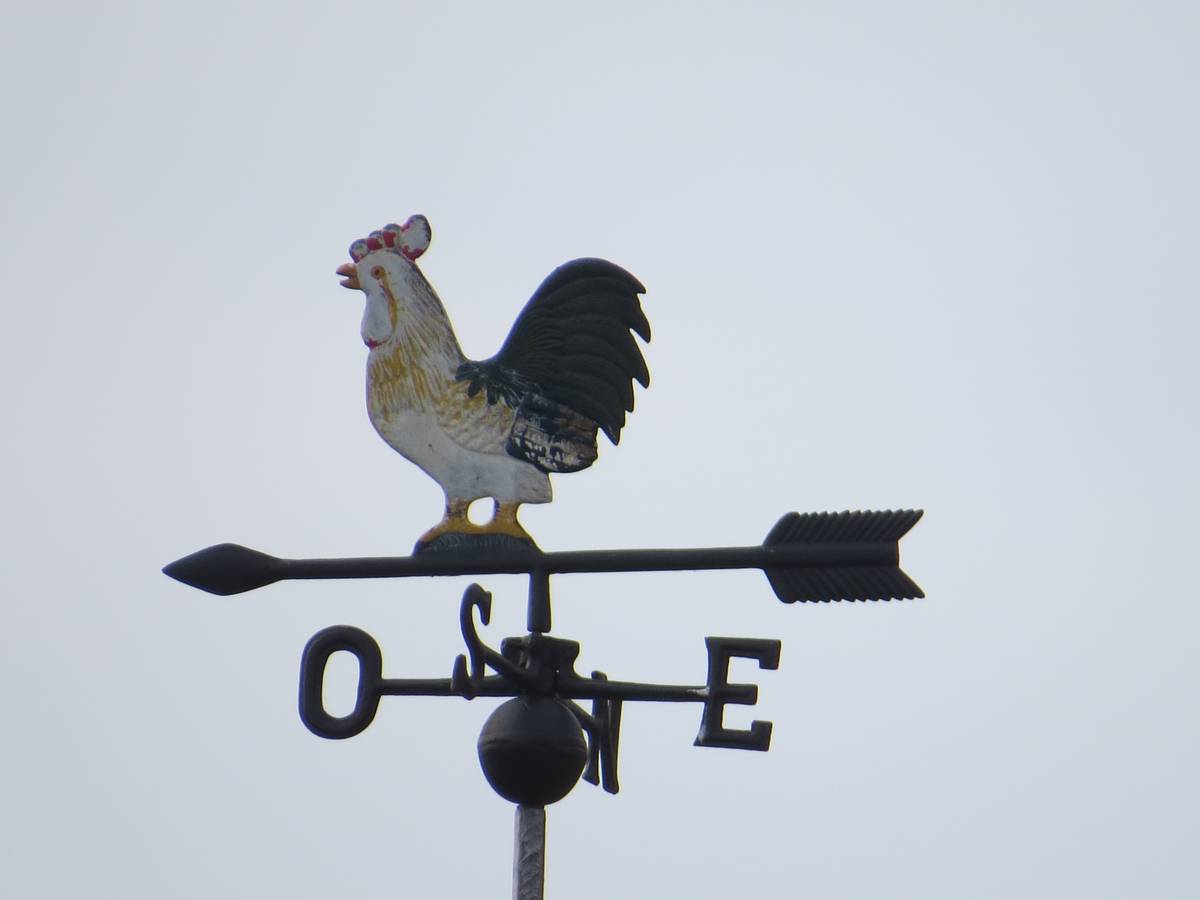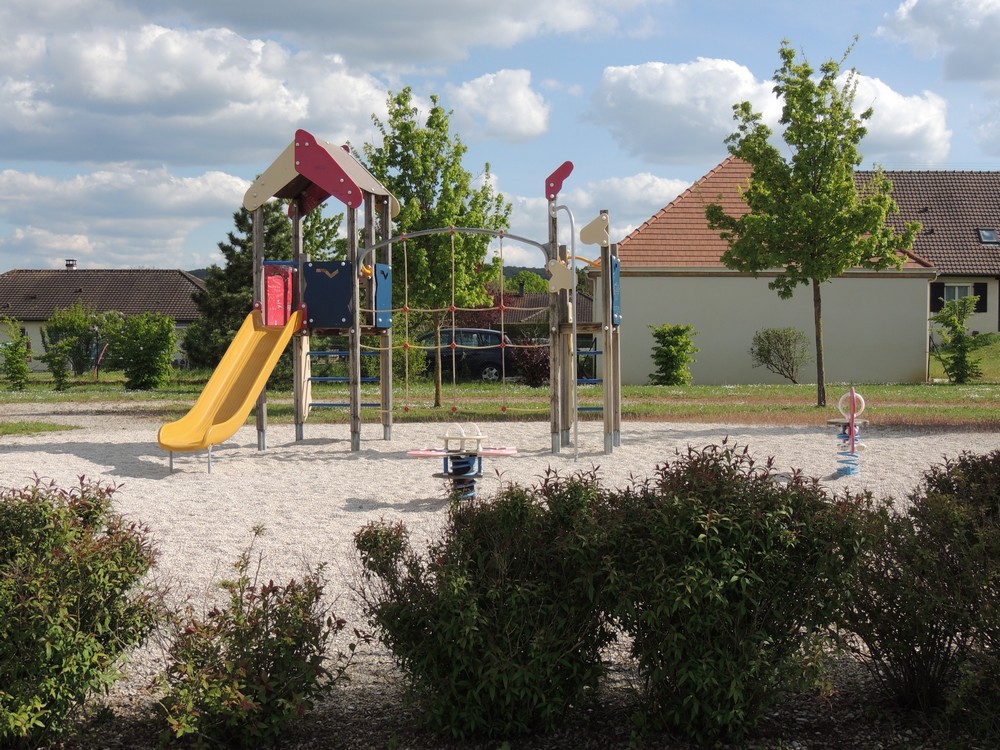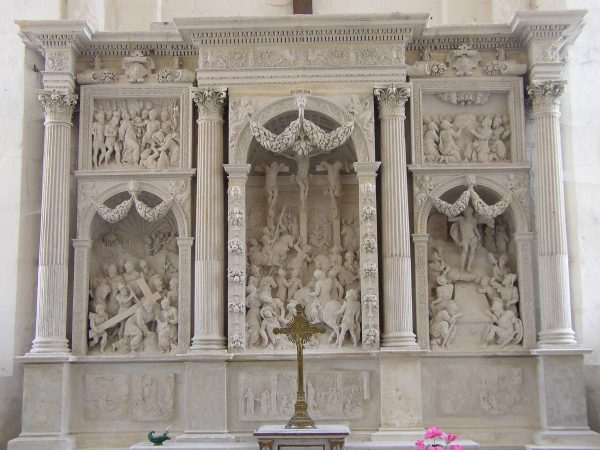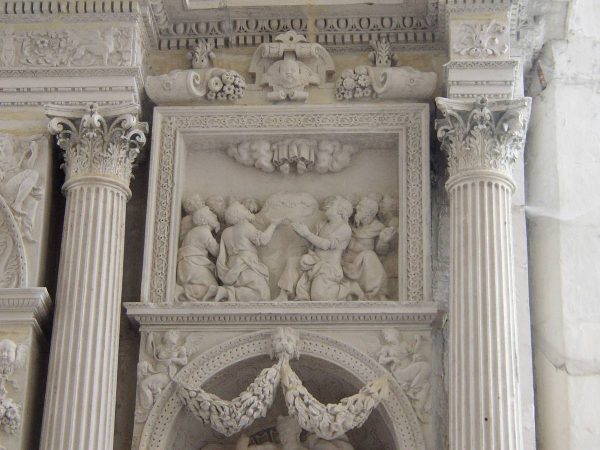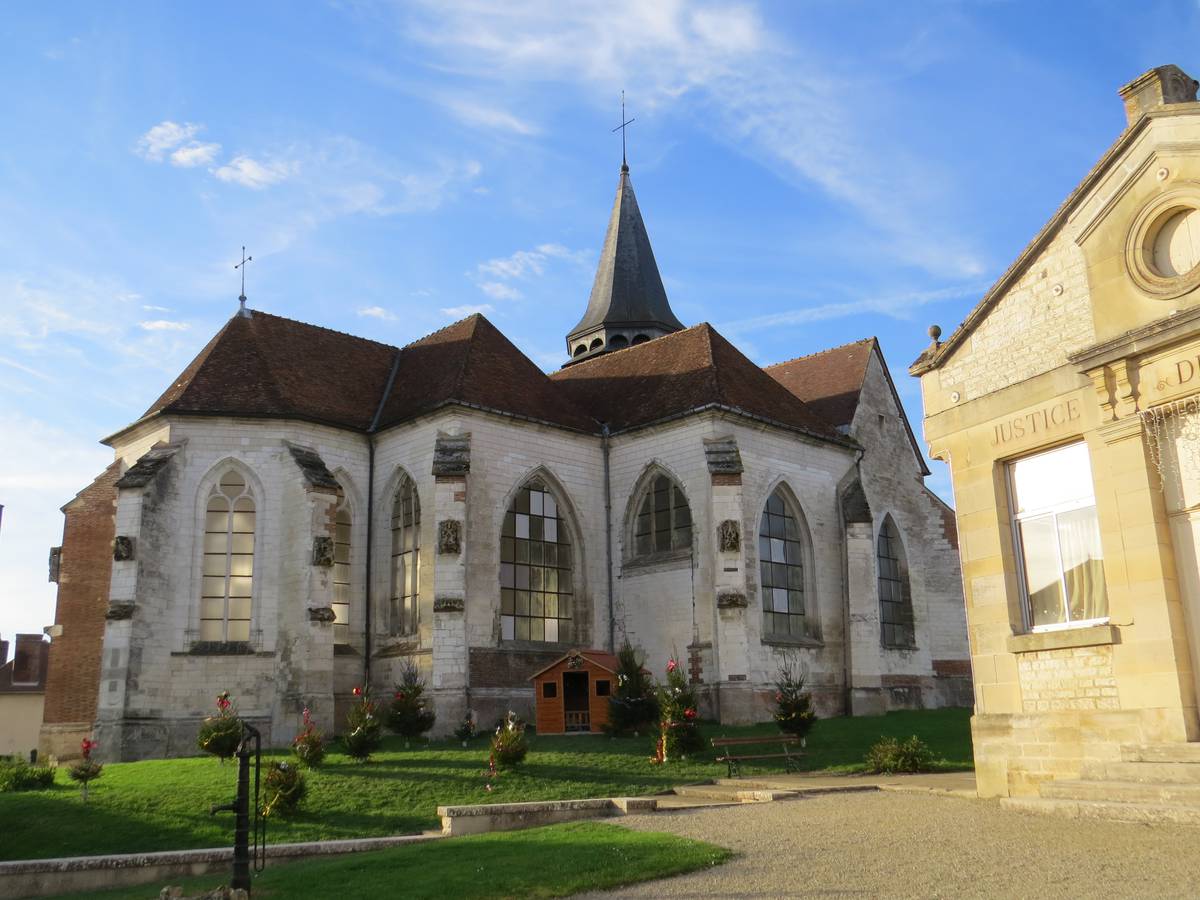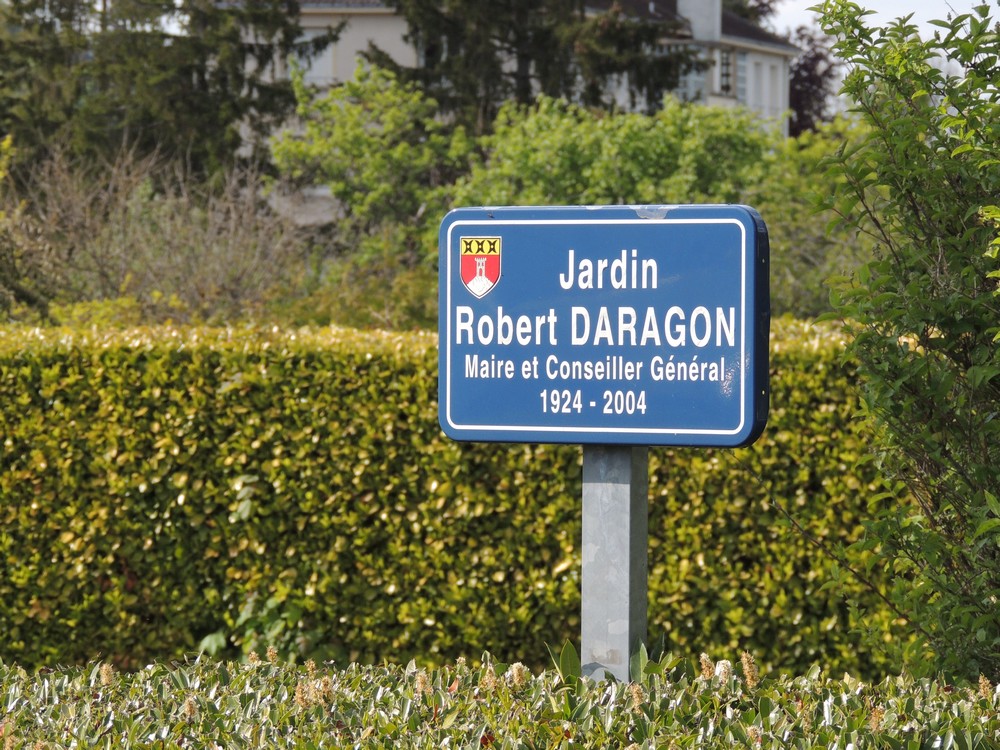This commune covers an area of 15.5km² and has nearly 1055 inhabitants who are known as ‘Bouillerands’. It is located 14km south-west of Troyes. Reached via the D34, D77, D190 or the N77, it is 15 minutes from junction 20 (Torvilliers) of the A5 from Paris.
Bouilly is on the doorstep of the Pays d’Othe and is dominated by the hill of Montaigu. It has shops, schools, medical facilities, access to an inter-communal media library and sports facilities. It has been awarded 2 flowers by the Villes et Villages Fleuris organisation. The rural aspects of Bouilly contribute to its way of life. Forest walks along the Sentier des Moutons start in Bouilly, enabling people to explore the stories, legends and anecdotes associated with this historic site.
The Counts of Champagne owned the hill of Bouilly, and their castle – which was destroyed following the Treaty of Troyes in 1420 – provided a living for the Bouillerands, who were obliged to provide various services and duties. Today, the ancient view over the Troyes plain remains, and there are many information panels that help walkers to understand the history of this natural and historic site.
Bouilly also retains many public buildings that recall its history. Bouilly’s wash house has been preserved, and is in the middle of the village in the Rue de l’Hôtel de Ville. It now houses the equipment used by the commune’s works department. Built of brick in 1861, it set the pace of daily life for the Bouillerands until the beginning of the second half of the 20th century.
A few metres away, the current Mairie, which was built between 1880 and 1882, shows the typical architecture of 19th-century town halls in the era of the Republic. In front is the war memorial, an obelisk that commemorates those who died in the First World War.
Next to the Mairie, the 16th-century church of Saint-Laurent, has regularly been restored. Classified as an historic monument in 1909, it was built in two phases: the nave, eastern transept and porch date from 1520 – 1540, whilst the western transept, the apse and choir date from 1540 – 1560.
It has double transepts (meaning that two transepts cross the nave) a design that was particularly fashionable in the early 16th century. It houses a wealth of church furnishings many of which have been classified as historic monuments since the end of the 19th and beginning of the 20th centuries.
For example, an oak reredos showing the life of St Nicholas dating from the 16th century and assembled in the 19th century, the 16th-century limestone high altar with a profusion of details that match the quality of their execution with the overall design, and also a very fine polychrome limestone sculpture of Sainte Marguerite. The latter was exhibited at the exhibition ‘Le Beau XVIe: masterpieces of sculpture in Champagne’ which was held in 2009 at the church of Saint-Jean-au-Marché in Troyes.
TO FIND OUT MORE
>>> Commune Website
>>> Accomodation
>>> Shops and Services
